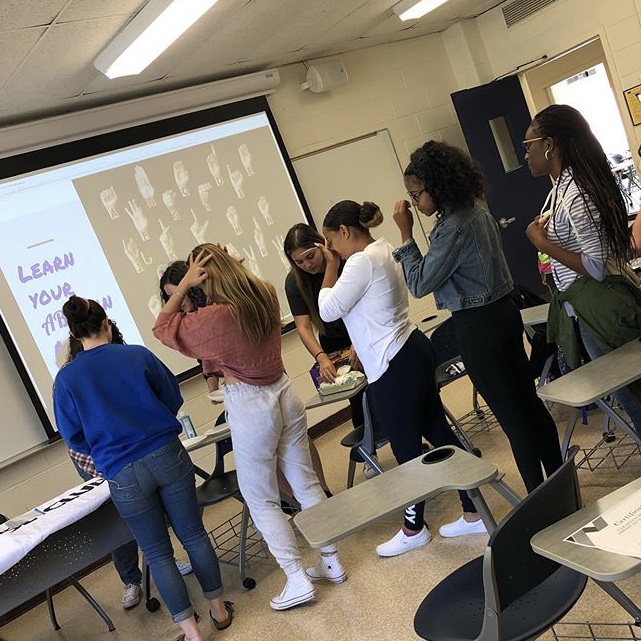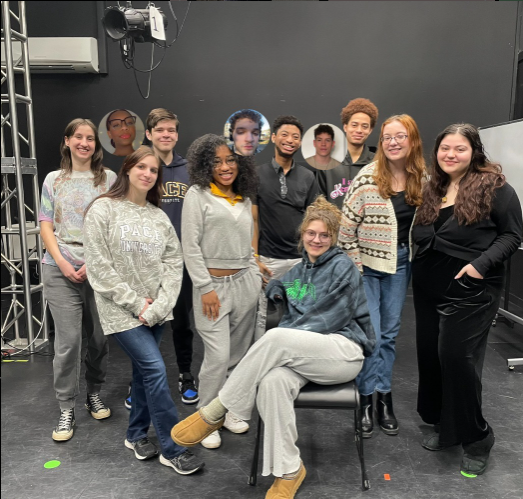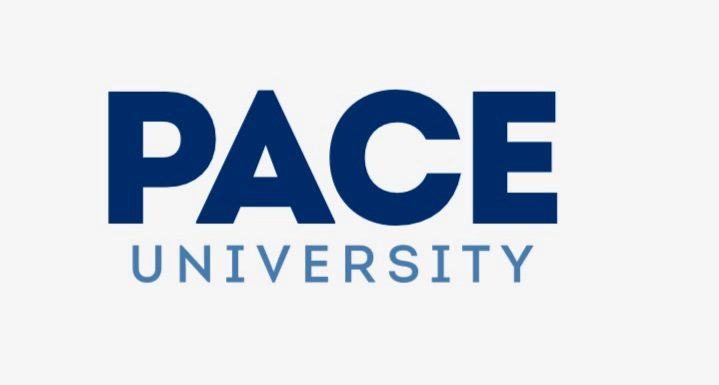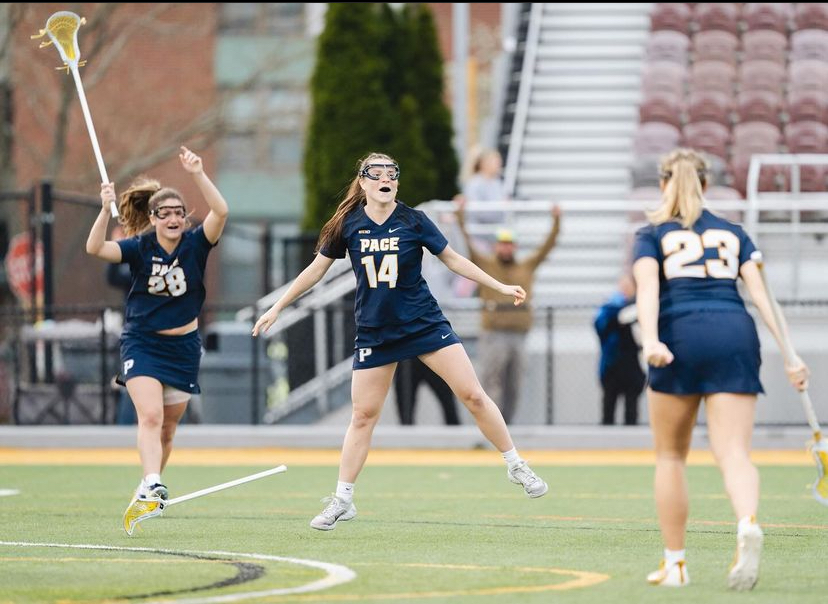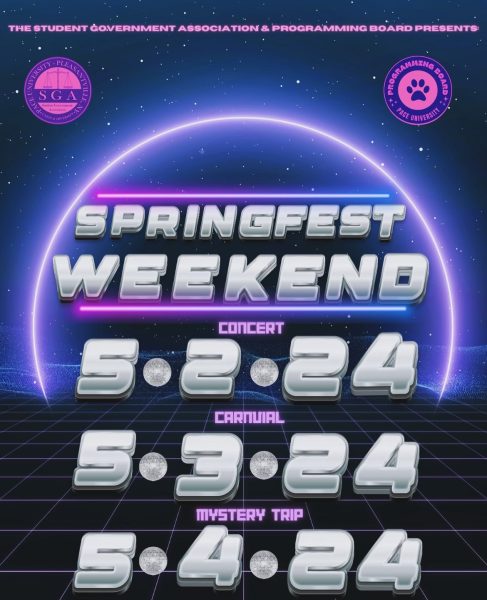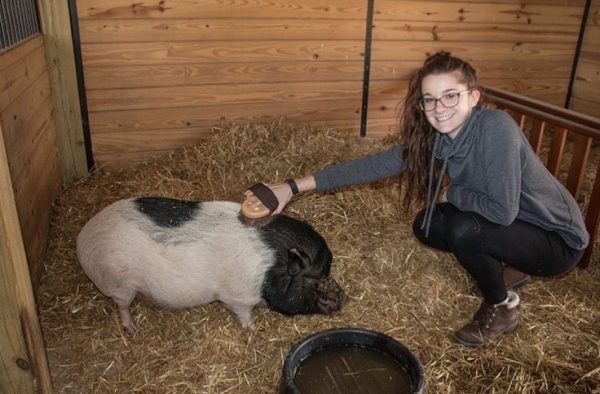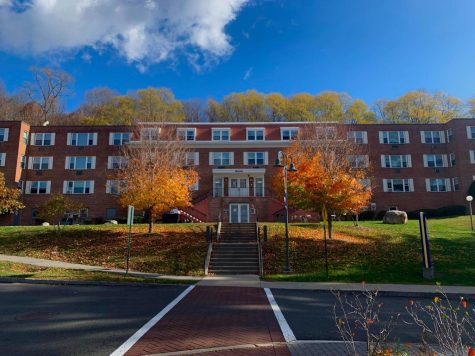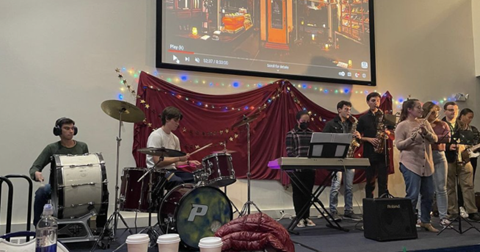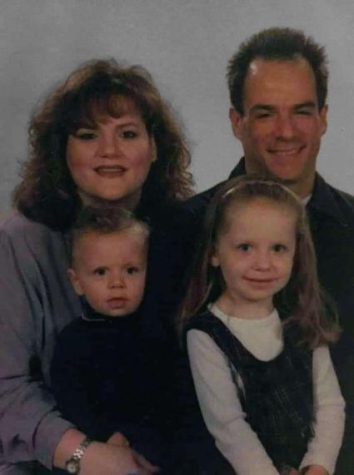New ASL club brings more inclusiveness to campus
During the first club meeting, the ASL executive board taught other students how to sign their name.
September 20, 2019
A group of Pace students silently took over a classroom in Miller during common hour. The silence spoke words as, for the first time, Pace has a newly launched American Sign Language (ASL) Club.
The club was initiated by President Kayleigh Geyer, who was a part of her high school’s sign language honor society. With this experience in mind, Geyer made it a goal of hers to bring it to Pace as well. The idea of this club is to not only add to the inclusiveness on campus, but also provide an opportunity for education.
“Our ultimate goal was that we wanted to try and make this a place where deaf people felt comfortable to come to Pace,” acknowledged Geyer.
Treasurer, Christina Little, added that the addition of this club brings inclusiveness and diversity to the campus. Furthermore, this club serves as a way to educate other students on the culture that exists among the deaf community along with giving them the opportunity to learn part of the language .
“It’s such a beautiful language and the culture is so beautiful that I just feel like other people should know… and get to experience,” exclaimed Secretary Beth Gross.
Little referenced how the initiation of this club can allow others to get a head start. The ASL 1 class is one of the more popular courses on the Pleasantville campus and can take students years to get into.
“I struggled getting into the ASL class. I wanted to be in there freshman year but there wasn’t room, so I just had to sit and wait,” Little said. “And that’s one thing that I love about the ASL club. If anybody’s like me my freshman year… waiting to get into that class, [this club serves as a way] to get a little head start and start learning.”
Cassadra Mckenna, Vice President also had a similar struggle of getting into the course and is also hoping that the ASL club will enable students to gain some experience with American Sign Language and its culture without being in a course.
In fact, the executive board found that many of the 15 students who attended the first meeting on Sept. 28 were planning on registering for the ASL courses in the spring semester. They also hope to be resources for those who need help in their ASL courses since there are no tutors available on campus for sign language.
In addition to creating more awareness of deaf culture on campus and teaching others how to complete basic signs, the group hopes the implementation of this club serves as a way to advocate for students who want to further their ASL knowledge in an ASL 3 or ASL 4 class, or for those who have difficulty getting into the ASL 1 course, so that Pace will add more sections of the course each semester. Although the group just started up, they already have plans for the future of the organization.
One of ASL Club’s plans is to host an educational session with nursing majors to teach basic nursing signs and inform them about the Deaf culture, in case they come across someone who is Deaf while they are working on the job.
The group is hoping they can organize a social event with the NY School for the Deaf, that is located in White Plains. Eventually, they also plan on conducting some of their meetings voice-off. This means that the entire session will be held in silence with their advisor and ASL professor Emmanuel Azodeh, who is deaf.
The organization is open for everyone and commitment is not required to attend the meetings.

